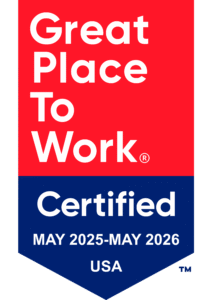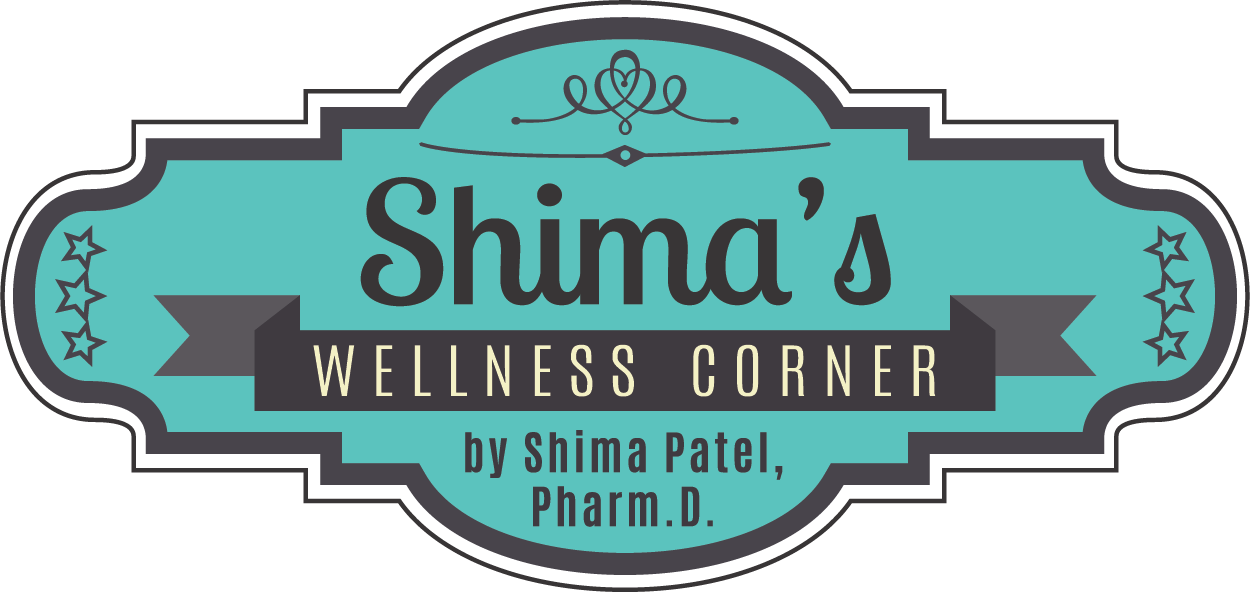
Many of us are looking for zinc supplements and are having a hard time finding them. Zinc is an essential nutrient, meaning that your body can not produce or store it, but it can be obtained naturally through food daily. Zinc supplements can help accelerate wound healing, shorten the common cold, reduce risk of certain age related diseases such as pneumonia, macular degeneration, help boost mental performance in older adults, help treat acne, decrease inflammation, and support your senses of taste and smell.
Only a small intake of zinc is necessary and the recommended dietary allowance (RDA) for zinc in the US is 8 mg a day for women and 11 mg a day for men. Zinc is found in meat, fortified foods such as breakfast cereals, dairy products, and plant based diets. Zinc helps with many body functions such as DNA and protein synthesis, gene expression, enzymatic function, immune function, aids in nutrient absorption, improves eye health, aids in the production of hormones, and growth and development.
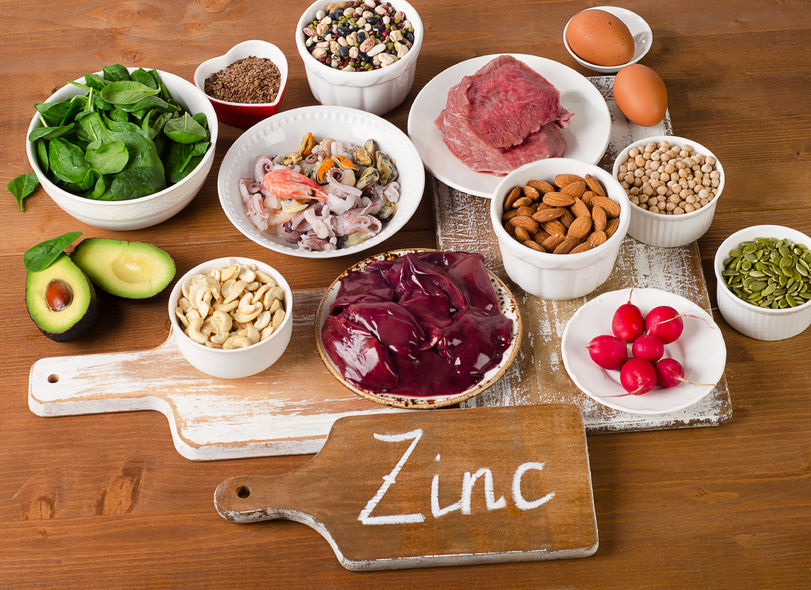
Meats such as beef, lamb, bison, and pork have ample amounts of zinc. However, red meats are higher in calories and eating large amounts have been linked to an increased risk of heart disease and some cancers. Skinless chicken or turkey would be a lower calorie choice for zinc. Examples: beef patty, 3 ounces (oz): 5.3 mg, cooked pork chop loin, 3 oz: 2.9 mg, and dark meat chicken, 3 oz: 2.4 mg.
Shellfish such as oysters are a great source, including Alaskan crab, lobster, shrimp, clams, and mussels. They are a lower calorie source and if pregnant, shellfish need to be completely cooked before eating to reduce food poisoning. Examples: oysters, 3 oz: 74 mg, Alaskan king crab, 3 oz: 6.5 mg, cooked lobster, 3 oz: 3.4 mg.
Legumes such as chickpeas, lentils, and beans, do contain phytates that decrease the absorption of zinc. If you eat these try heating, sprouting, soaking, or fermenting the legumes first. Example: baked beans, 1/2 cup serving: 2.9 mg.
Seeds including squash, pumpkins, chia seeds, flax seed, and sesame have a significant amount of zinc, however hemp seeds have a higher content.
Nuts including pine nuts, peanuts, cashew, pecans, and almonds can boost your intake of zinc. Examples: pecans, 1 oz: 1.3 mg, dry roasted peanuts, 1 oz, 0.9 mg.
Dairy including milk, yogurt, and cheese contain high amounts of bioavailable zinc. The zinc in dairy products can be easily absorbed by your body. Example: plain yogurt, 8 oz: 1.3 mg.
Eggs contain a moderate amount of zinc.
Whole grains, wheat, quinoa, brown rice, and oats contain some zinc. They contain phytates and can reduce the absorption of zinc. Example: cooked wild rice, 1/2 cup: 2.2 mg.
Some vegetables and fruits contain zinc. Sweet potatoes and potatoes, pumpkin, mushrooms, asparagus, green beans, spinach, Swiss chard, kale, green peas, broccoli, garlic, avocado, and berries are good sources. Example: cooked green peas, 1 cup: 1.2 mg.
Dark chocolate of 70% – 85% (3.5 oz) contains 3.3 mg of zinc. However this is a high calorie choice containing about 600 calories and is high in sugar.
Fortified foods including breakfast cereal, snack bars, and cereal bars with vitamins and minerals including zinc. Example: Fortified breakfast cereal, 3/4 cup serving: 3.8mg.
According to the Mayo Clinic zinc can interact with prescription medication. The absorption of certain antibiotics in the quinolone or tetracycline class can be affected by zinc. Cuprimine (penicillamine) can decrease the amount of zinc in your body. Try taking zinc supplements 2 hours before or 4 hours after taking these medications. The diuretic/high blood pressure medication in the class of thiazide can increase the loss of zinc. Talk to your doctor about taking zinc supplements if you’re on a thiazide. Before adding a zinc supplement to your diet, talk to your doctor and pharmacist to make sure your zinc supplements will not interact with other medications you’re currently on.
To get the full benefits of zinc take it at least 1 hour before, or 2 hours after a meal. Zinc supplements can come as high as 50 mg, which exceeds the RDA. Exercise caution as high amounts of zinc taken long term can be harmful. Symptoms of zinc toxicity include stomach pains, nausea, vomiting, loss of appetite, headaches, diarrhea, lower copper levels, lower immunity, and lower levels of HDL (good cholesterol).
Sources: Healthline, Everyday Health, and Medical NewsToday
 About Shima: Shima graduated from the University of Arkansas with a BS in Microbiology in 1997 and worked at the University of Arkansas for Medical Sciences with the Infectious Disease Department on clinical trials for over 4 years. She then pursued a career change and graduated with her Doctorate degree from St. Louis College of Pharmacy in 2007. During her years enrolled in pharmacy school she worked part-time at St. Louis University, where she helped design a laboratory protocol for the BCG Vaccine Study, which received full funding in 2011.
About Shima: Shima graduated from the University of Arkansas with a BS in Microbiology in 1997 and worked at the University of Arkansas for Medical Sciences with the Infectious Disease Department on clinical trials for over 4 years. She then pursued a career change and graduated with her Doctorate degree from St. Louis College of Pharmacy in 2007. During her years enrolled in pharmacy school she worked part-time at St. Louis University, where she helped design a laboratory protocol for the BCG Vaccine Study, which received full funding in 2011.
Shima joined Sinks and Medley Pharmacy in September of 2014 as a pharmacist. She continually strives to focus on improving outcomes and raising the quality of life for patients with all types of medical ailments and conditions.
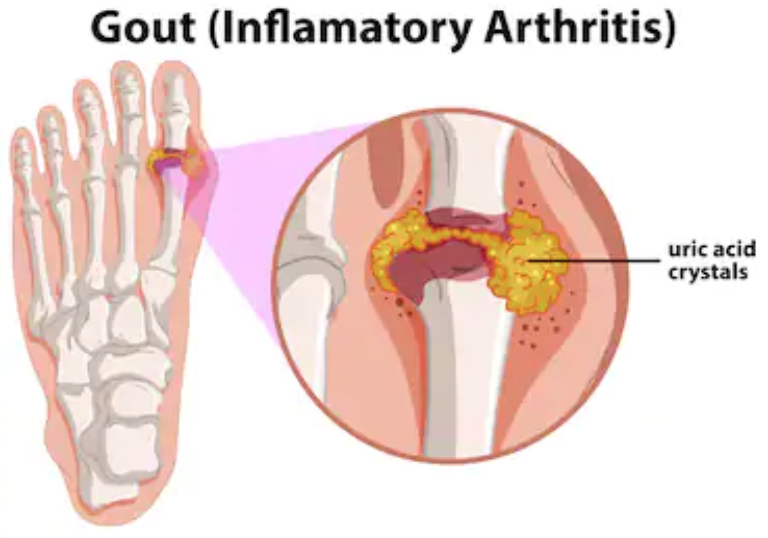 People with gout cannot remove excess uric acid from the blood. The uric acid accumulates in the joints causing gout attacks. Trigger foods are high in purines and when digested, our body turns them into uric acid. Trigger foods include organ meats, red meat, seafood, alcohol, and beer. Fructose, even though a non-purine, has shown to increase the risk of gout and gout attack.
People with gout cannot remove excess uric acid from the blood. The uric acid accumulates in the joints causing gout attacks. Trigger foods are high in purines and when digested, our body turns them into uric acid. Trigger foods include organ meats, red meat, seafood, alcohol, and beer. Fructose, even though a non-purine, has shown to increase the risk of gout and gout attack.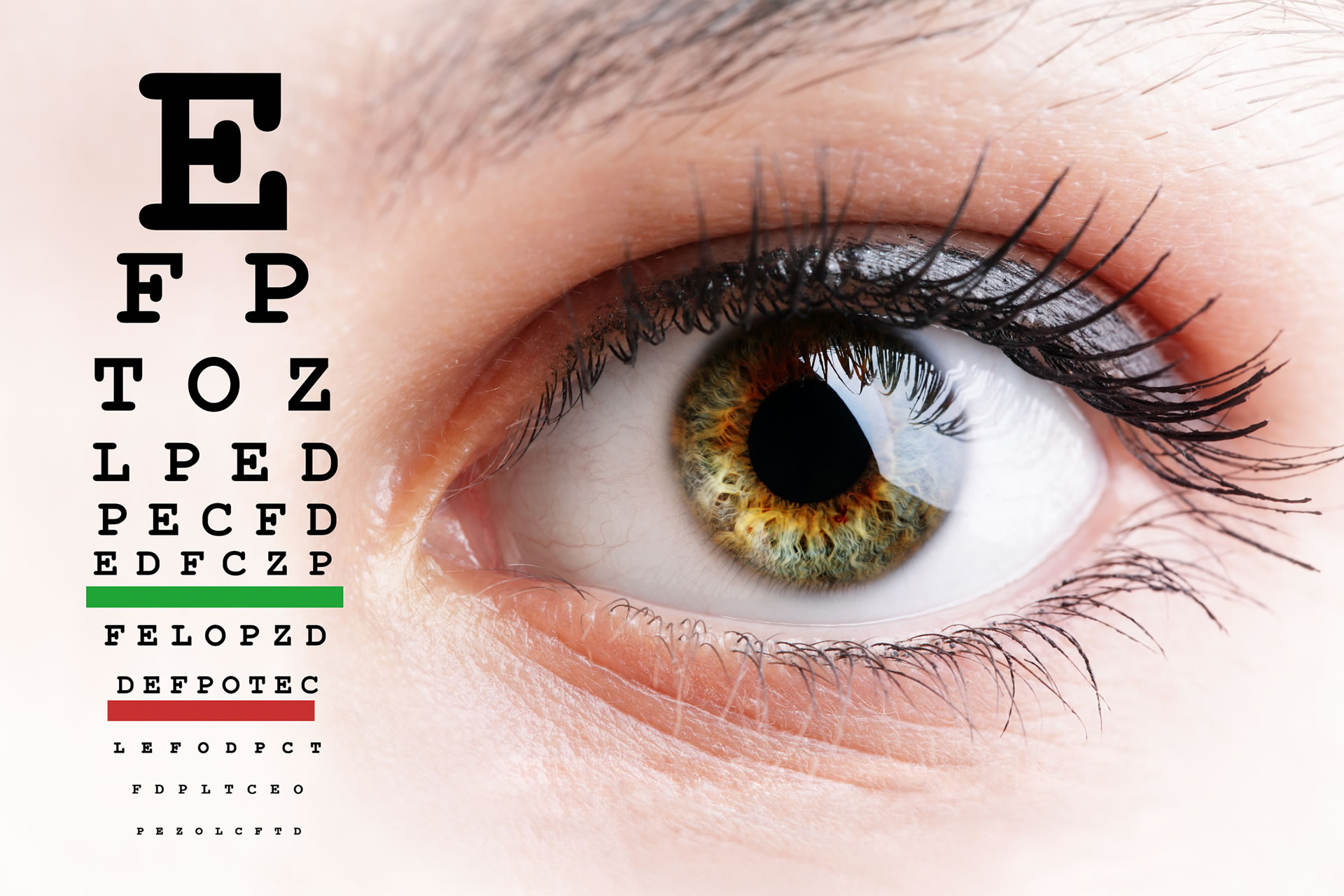
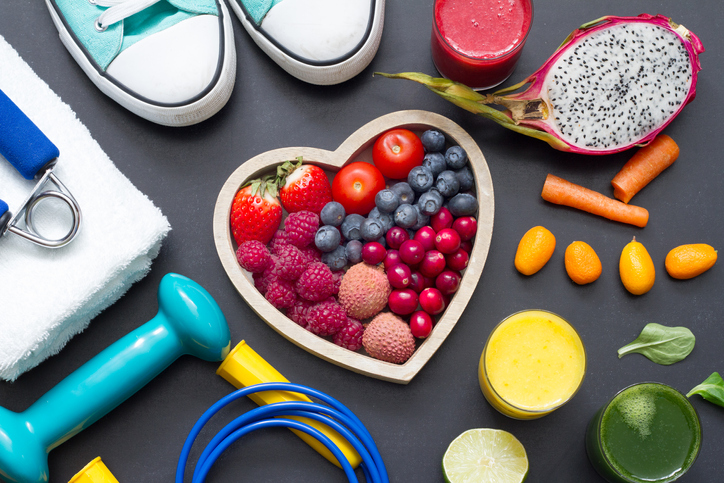
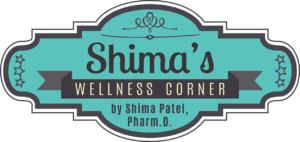
 1. Morning newspaper – 5 minute power walk up the street in one direction and back in the other.
1. Morning newspaper – 5 minute power walk up the street in one direction and back in the other.